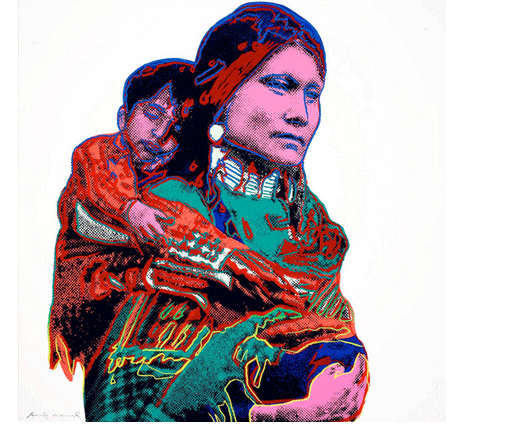 home
about
artists
exhibitions press
contact
purchase
home
about
artists
exhibitions press
contact
purchase |
|
|
|
ANDY WARHOL (1928-1987) The 1960s was an extremely prolific decade for Warhol. Appropriating images from popular culture, Warhol created many paintings that remain icons of 20th-century art, such as the Campbell's Soup Cans, Coca-Colas, Disasters and Marilyns. 1962 was the year when the notorious Factory came into being. The legendary art studio where numerous “art workers” produced posters and prints on a truly industrial scale revolutionised the perception of the creative process and production of the artwork. It was also a film studio, where Warhol produced more than 300 experimental underground films - most rather bizarre and some rather pornographic, as Andy put it, “Sex is more exciting on the screen and between the pages than between the sheets”. The 1970s saw the reawakening of this multi-faceted artist as he employed new techniques to paint commissioned portraits of copious personalities, whether famous or obscure. He quickly became, according to Art historian Robert Rosenblum, “court painter to 1970s international aristocracy”. At the same time, Warhol began publishing Interview magazine and renewed his focus on painting. Works created in this decade include the Maos, the Skulls, the Hammer and Sickles, the Torsos and the Shadows series and many commissioned portraits. The artist began the 1980s with the publication of POPism: The Warhol '60s and with exhibitions of Portraits of Jews of the Twentieth Century and the Retrospectives and Reversal series, some of his most iconic works. He also created two cable television shows, "Andy Warhol's TV" in 1982 and "Andy Warhol's Fifteen Minutes" for MTV in 1986. His paintings from the 1980s include The Last Suppers, Rorschachs and, in a return to his first great theme of Pop, a series called Ads. Warhol also engaged in a series of collaborations with younger artists, including Jean-Michel Basquiat, Francesco Clemente and Keith Haring. |
|
|
E-mail: info@hayhillgallery.com |
